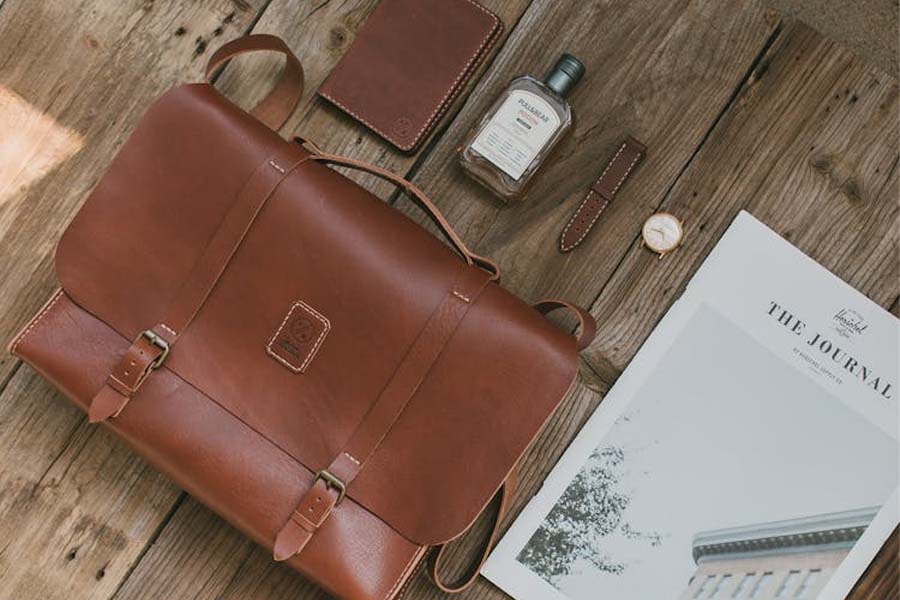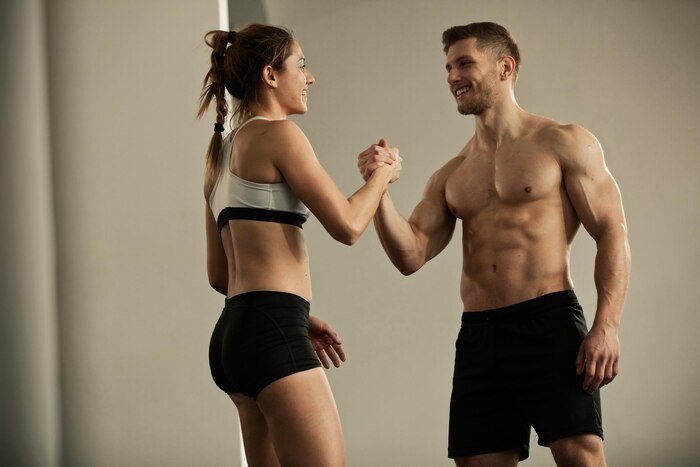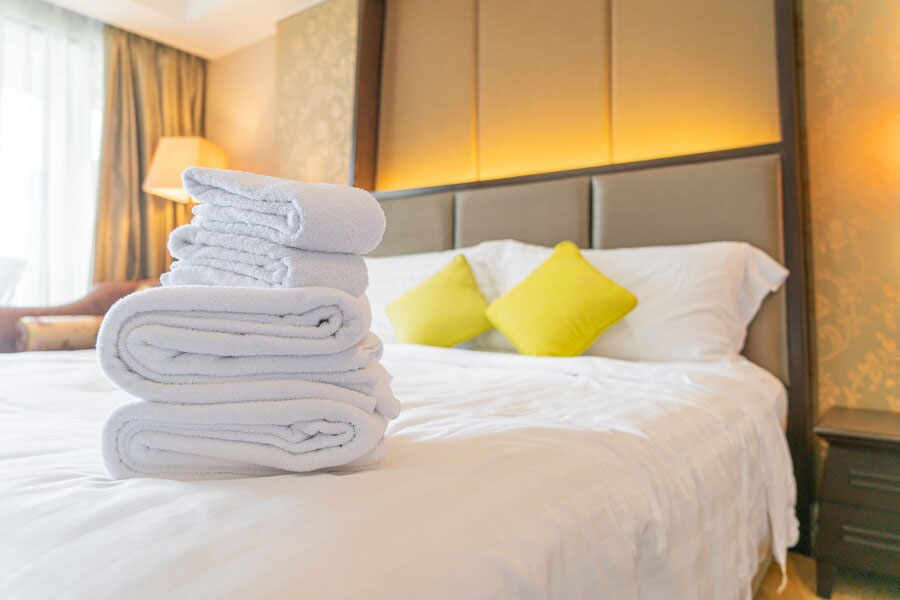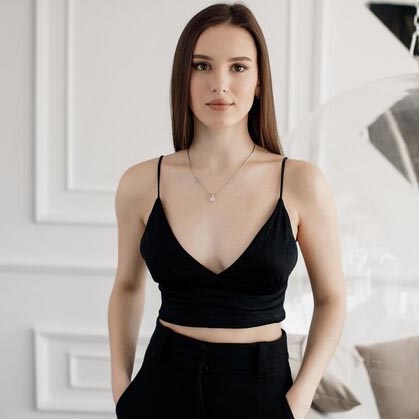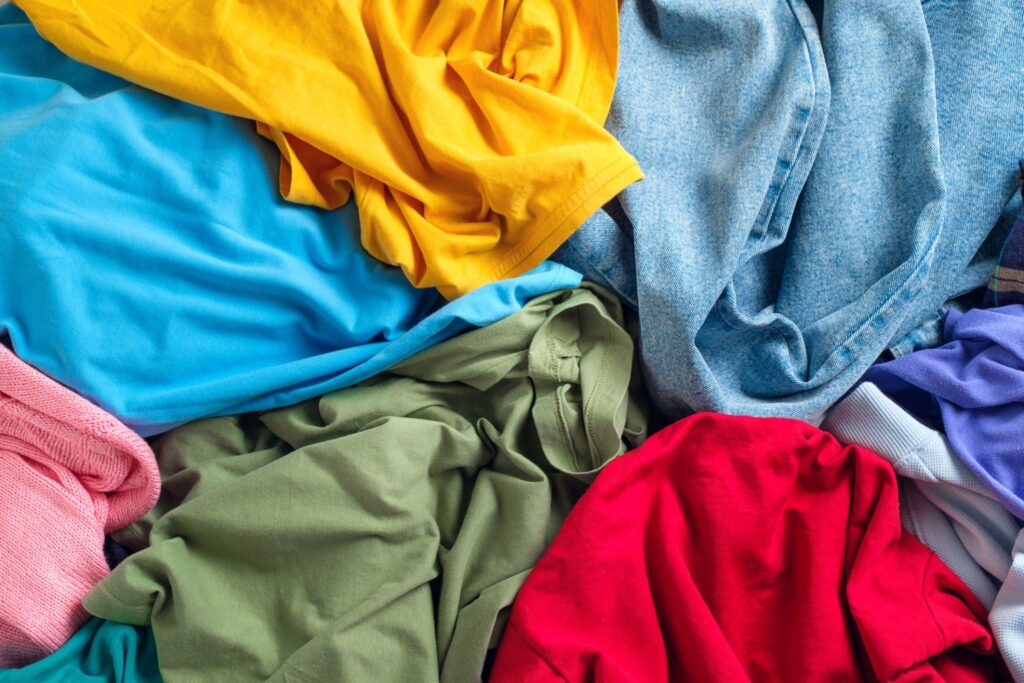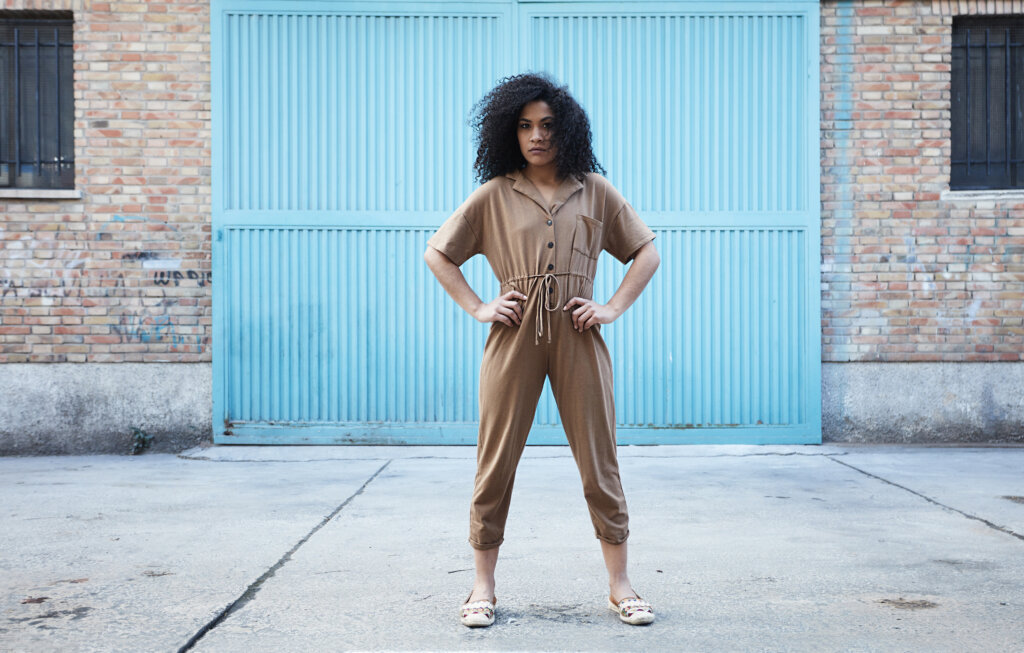
If you are just launching your clothing business and you are wondering about the future of your company, constructing a business plan for your brand can help you better understand your current situation, and allow you to build detailed business development plans for the future.
In this article written by some of the most experienced fashion experts here at Ludyway, you will discover all you need to know to create your clothing line business plan including the reasons to craft a business plan, how to craft a business plan, as well as things to consider when crafting your business plan.
Do I Need A Business Plan For My Clothing Brand?
You may wonder if a business plan is really necessary for your clothing business. Well, the answer is not exactly yes, since you can operate your business at the beginning with an “unwritten” plan. However, if you are looking for promising future developments and business expansions, you will probably need a business plan eventually.
There are a lot of reasons why business owners will craft a detailed business plan when they build their brands, especially for startups. Below are some of the common reasons.
Define Brand Image And Business Core Values
Creating a business plan for a clothing line helps you identify what your business stands for and how to correctly position itself on the market. Precisely defining your fashion brand is crucial in order to make it customer appealing and to generate revenue that will eventually fuel your business further.
Increase Investment Attractiveness
A steady and generous cash flow from generous investors can make your business thrive, and you will get exactly that by creating a well-written and thorough clothing business plan. Before investing their cash, every investor would first like to know what are your business goals, what strategies will be put into place, and how you intend to expand it in the future.
Establish And Achieve Business Goals
You can easily go off track if you don’t have your business goals in writing. Setting milestones for the next 1, 5, and 10 years will offer you direction and vision, while also promoting a proactive approach to expanding your business. A business plan for your clothing brand is the safe way to secure this.
Is It Difficult to Write A Clothing Line Business Plan?
Even if you might get caught in the web of uncertainty and think that it’s difficult to assess financial predictions or tackle market analysis, writing a clothing company business plan is not that hard. With a bit of attention to detail, constant research, and vision, along with our detailed guide, creating a fashion business plan can be easier than you think.
Start Creating The Business Plan For Your Clothing Business
Writing a fashion business plan from scratch can feel intimidating. How about getting started with the basic structure of a clothing line business plan?
- Company Overview & Executive Summary;
- Products & Services;
- Market Overview;
- Sales Strategies;
- Competitive Assessment;
- Production Schedule;
- Financial Assessment & Projection.
1. Company Overview & Executive Summary
Building a solid business plan should start with the company overview and executive summary that can provide any of the interested parties with a snapshot of your business status and the operation details.
1.1 Company Overview
Brand Statements
What does your clothing brand bring to the table? Is it unique and does it differentiate from so many others out there? If your fashion brand has anything distinctive and positive make sure to include it in the very first section of the company overview.
Company Missions
Is your clothing company planning to expand globally, while being environmentally friendly and eco-conscious? State your brand’s missions in order to create a truthful yet attractive image of your company.
Core Values
Are your business decisions impacted by ethical strategies? Make sure that your clothing line values are aligned, concise, and well-written so that everyone will understand what your core vision is.
1.2 Executive Summary
Leadership, Management, And Staff
The executive summary is at the core of your business plan. For this section of the executive summary, you need to focus on the people that will be in charge of the daily tasks. Make sure to write clear and concise descriptions of their roles, attributes, and strong points, such as training, qualifications, and professional background.
Owner Supervision
Do you intend on closely following your personnel’s performances or do you plan on delegating these attributes to a highly skilled person? No matter what your plans might be, it’s advisable to include as much information as possible regarding the salaries, benefits, key roles, and major management strategies of your decision-makers.
2. Products & Services
For apparel business plans, the products and services explanation section is crucial, since it directly demonstrates the sources of revenue. This section should cover information about your fashion line production details, services offered, production plans, and the eventual benefits of using your products.
2.1 Production And Service Description
In this portion of your clothing store business plan, you should include information about what type of clothing products you sell, the fabrics, the production techniques involved, and the kind of services you tend to offer, for both “to B” and “to C” if necessary.
Also make sure to include descriptions of the services that your customers will benefit from, such as sampling, craftsmanship, and logistics.
2.2 Feature Benefits
In this part of the business plan, you need to write down every potential benefit you can think of. From basic clothing comfort levels to greater sustainability goals, you need to create compelling and attention-grabbing points for your fashion products.
2.3 Product Development Plans
This section offers an overview of how your production line will expand in the near, mid, and far future. You need to focus on underlining the proactive steps your clothing brand is planning to take in order to create better, sustainable, and appealing products, using the ever-evolving technological processes.
3. Market Overview
With the market overview section in your apparel business plan, you will emphasize your brand’s position in comparison to your competitors and how your business stands out from the rest.
3.1 Market Analysis
Looking at what your direct competitors and indirect competitors (such as department stores) are doing, generate reports that describe their modus operandi. From analyzing inspiring moves and worst decision-making patterns to detailing strengths and weaknesses through a SWOT analysis, this part of your business plan for a clothing brand is paramount.
3.2 Target Customer
Who will buy your products? You need to address the age limits of your customers, their gender, location, social status, budget potential, buying habits and tendencies, and as much information that would indicate whether or not your products are destined for the right consumer. If the target customer is not right, you might want to change your brand’s message or image.
3.3 Marketing Strategies
This section should focus on detailing your marketing strategies for acquiring a community around your products and brand. Will you focus on organic or paid marketing? If you’re planning on expanding internationally, you should tackle ways of developing your online presence through digital marketing, such as social media platforms, email marketing, and online PPC advertisements.
3.4 Marketing Investments
What metrics will you use in order to track whether or not your marketing strategies pay off? This part of your fashion line business plan focuses on detailing the provision of periodic marketing investments which convert your target audience into your actual customers.
In this part of the business plan, you can include graphics and statistics on how you will effectively allocate your budget to meet your financial goals.
4. Sales Strategies
In a perfect clothing line business plan, the sales strategies section will focus more on how the fashion line will generate revenue through efficient pricing strategies and optimized sales plans.
4.1 Pricing Strategies
The pricing strategies should include a detailed analysis of your production costs in correlation with the previous target customer analysis as well as market demand and offer. You should argue why your competitive price is set above or under the market’s average. Also, you might even include a chart with how you will adjust your prices in case of certain events.
4.2 Sales Plan
In your clothing brand business plan, you should include the sales plan information on what types of payment you’re going to accept, if you’re going to open a showroom or operate as an e-commerce business, how many sales staff you plan to hire, or if you will implement any promotional discounts to attract and build your customer base.
4.3 Sales Goals
Charts are best for this section of your business plan since they’re straightforward and concise. Are you planning on doubling your sales in the next year? What is your profit margin for this quarter compared to your competitors and how are you planning to evolve? This section should be all about numbers, analysis, and evaluations.
5. Competitive Assessment
This part of any clothing line business plan focuses on the SWOT analysis, detailing your brand’s position in comparison to your potential competitors.
5.1 Main Competitors
Analyzing your main competitors should underline their strengths and weaknesses, and their strategy when it comes to production and branding, as well as pinpointing their sales numbers, and how they manage to stay on top of the niche through so many years.
5.2 The SWOT Analysis
The SWOT analysis is the most common approach to assess, evaluate and conclude a company’s competitiveness. By conducting a detailed analysis of the 4 critical areas of your business, you can thoroughly understand your own business and make thoughtful decisions along the way.
Strength
A SWOT analysis first dives deep into the strengths of your business. Do you offer free delivery? Are your fabrics ethically sourced? Have you lowered your carbon footprint? Is your target customer inclined to spend their large budget on the products that you sell? Are you highly experienced and do you possess the know-how?
In short, you need to explain “why customers would like to choose my products over the others.”
Weaknesses
Focusing on your brand’s weakness might feel like a burden, but it will save you time and money in the future. Is your business not so prone to building connections because of its remote location? Should you be choosing an e-commerce business model rather than paying so much on warehouses?
That is, you want to know for sure “what is stopping my customer from buying my products” at first and to arrange solutions accordingly.
Opportunities
This section taps into external factors that will positively impact your business, the “thing” you can take advantage of. Do you have a potential unexplored market? Do you have any access to next-generation production technology? Or perhaps your team is young, proactive, innovative, and passionate about the future. And maybe your products are the new wave in an emerging market.
Threats
In any clothing business plan template, the threats analyze potential harmful factors for your brand. Is your competitor in the business for more than 10 years? Or perhaps the majority of your budget will be redirected to marketing strategies, and not to new investments in the production line? This analysis allows for creating mitigating plans in the future.
6. Production Schedule
The production schedule of any clothing brand business plan outlines the timelines for production, inventory, verifying, and delivering the products.
6.1 Production Development Arrangements
It’s all about preparing your products in time for the next season. This part focuses on the timeframes of sourcing fabrics, their delivery times, how long it takes for the design and pattern to be made, and the actual production and quality control times, all depending on the number of products you’re planning on selling.
6.2 Production Arrangements
You should have all of your craftsmen and production line on the go since you don’t want to miss any of the six fashion seasons (if we also include the resort and holiday collections). Here is a useful fashion calendar for you to reference.
Spring
Development Dates: May – August
Sell Dates: August – October
Production Dates: October – January
Delivery Dates: January – March
Summer Collection
Development Dates: July – September
Sell Dates: October – January
Production Dates: December – February
Delivery Dates: March-May
Fall Collection
Development Dates: October – December
Sell Dates: January – March
Production Dates: April – June
Delivery Dates: July – August
Winter Collection
Development Dates: December – January
Sell Dates: March – April
Production Dates: June
Delivery Dates: September
Holiday & Resort Collection
Development Dates: February – March, March – May
Sell Dates: May – June, June – August
Production Dates: July – September
Delivery Dates: October – January
6.3 Sales Arrangements
The sell dates are crucial for financial prediction and goal aspiration. You can’t hope for stellar selling numbers if your products aren’t ready to hit the shelves when buyers are looking to spend their money. This part of the business plan should include strategies for distribution channels, on-sale timetable, sales team structure, and also selling strategies.
6.4 Delivery Arrangements
It’s mandatory to take into account if you’re shipping your orders internationally or even to a different continent. Do you offer free shipping? It’s also essential to consider cost-effective delivery methods for your business. You also need to factor in the logistics, such as standard delivery times that can be delayed by unforeseen natural events, strikes, and so on.
7. Financial Assessment & Projection
The projection on your brand’s financial evaluation is crucial when developing a coherent apparel company business plan, including assessments on investments, costs, and profit margins.
7.1 Upfront Investments
Considering the upfront investments when writing a business plan for your clothing brand shouldn’t miss on expenses for production equipment, warehouse costs, showroom rent, manufacturing and marketing costs, as well as sourcing fabrics and labor force. The more realistic the investment evaluation, the more your investors will trust your business plan.
7.2 Funds Usage / Expenses
For this part of your business plan, you should indicate how exactly your funds will be allocated and spent. Its purpose is to underline that your business is viable and can withstand the rate at which the funds are spent. You can consider using bullet lists or charts for better visual representation.
7.3 Expected Cash Flow
For a clothing line business plan, the expected cash flow describes the inflow and outflow of cash for your business, during a specific timeframe. You should factor in aspects such as rent, salary expenses, returns, and reinvestments, as well as sales revenue, and capital realization channels, all of which determine the scalability of your business.
7.4 Income Projections
The income projections part of a business plan template for a clothing line offers an estimate of the future revenue over an exact timeframe. You should go into detail as much as possible when it comes to projecting the price points, sale volumes, as well as gross and net profit margins.
7.5 Balance Sheets
The balance sheet is a useful tool that underlines the estimated financial situation, factoring in all of the costs as well as any source of income. At times, especially once the business develops, it might feel daunting to be personally in charge of this. A professional accountant can be the easiest solution in this situation.
Things to Keep In Mind When Writing Your Business Plan
Look Out For Overestimation
It’s easy to get hyped about your business idea and to oversell without even realizing it. However, this might be perceived as unrealistic and investors might feel lied to, and eventually refrain from giving you their cash. It’s important to maintain as objective as possible and present everything fact-based, without compromising on the benefits of your business.
Contain Both The Pros, and The Cons
An effective clothing brand business plan will never stay away from pinpointing the actual cons of your business. No success ever comes without hardships, so investors are familiar with having to overcome a few cons along the way. Focusing only on the pros of your business will make it look like a scam and potentially scare the investors away.
Keep Your Business Plan Up-To-Date
Once you’ve come to a certain milestone in your business, it is important to keep your business plan up-to-date. This will help you track your progress, maintain your focus on achieving your target, and adapt to the ever-changing market while keeping your investors informed.
Conclusion
If you are able to make it here throughout the article, you’re already halfway through the long path of starting your own clothing brand, and we assume that you should know a bit better about your fashion business after the long “self-assessments.” Follow the steps, parts, and structure mentioned in our guide, and start drafting your business plan right now!


